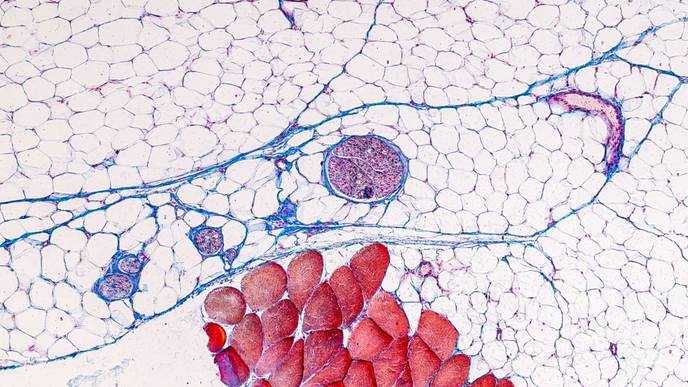First-ever international liquid biopsy retinoblastoma study
A forthcoming study at CHLA will investigate the use of liquid biopsy for diagnosis and determining disease severity.
Just a handful of years ago, retinoblastoma had the medical field stumped. This paediatric eye cancer cannot be directly biopsied, which means clinicians must diagnose the disease by visual examination and imaging. Recently, a researcher at Children’s Hospital Los Angeles (CHLA), US, developed a new way to diagnose retinoblastoma by sampling the fluid at the front of the eye.
These liquid biopsies also offer genetic and chromosomal information, which gives a more complete picture of each child’s disease. Now CHLA will lead an international liquid biopsy retinoblastoma study, the first of its kind.
Dr Jesse Berry, Director of Ocular Oncology and the Retinoblastoma Programme at CHLA, wanted to find a better way to diagnose retinoblastoma. This cancer—which affects the light-sensing layer at the back of the eye—is extremely aggressive and can result in loss of one or both eyes if not treated quickly. But timely treatment depends on a timely and accurate diagnosis.
“It is not a solid mass, like some cancers,” explained Berry. “It is like a thick liquid and it is difficult to physically get to.” Attempts to directly biopsy the tumour can do more harm than good, potentially causing cancer cells to spread. Not only does this make diagnosing the cancer difficult, but it also prevents researchers from studying the cancer cells, a necessary process in understanding the disease and advancing treatments.
Berry had the idea to examine the aqueous humour, the fluid inside the eye itself. Could this fluid contain the information clinicians needed to diagnose retinoblastoma?
A simple yes doesn’t suffice—because the information Berry’s team found in the liquid biopsies went beyond improvements in diagnosis.
Currently, explained Berry, we can diagnose retinoblastoma at a molecular level- which provides oncologists with a very specific map of each child’s disease.
To take the research to the next level, the National Cancer Institute of the National Institutes of Health (NIH) awarded Berry $2.8 million to lead the first prospective international retinoblastoma liquid biopsy study to date. The study will include samples from 18 centres, including the largest retinoblastoma centre in Canada. All material will be processed and studied at CHLA.
“We know that detecting a cancer as early as possible gives a child the best chance,” added Berry. “In continuing to take biopsies from these children, we can treat any recurrences early on, even before they are visible to a clinician upon examination.”
“We now have a test in-house, where we can sample a patient’s aqueous humour, and within days, we know whether or not the child has retinoblastoma, and the exact mutations and molecular profile of the cancer.”
The results of Berry’s forthcoming study will help shape the next phase of her research. “Currently we are in this position where we see very strong data and we need to ensure that what we are seeing is also represented in the international population.”
Future plans are to develop a clinical trial to evolve the standard of care for diagnosing and treating retinoblastoma—and link specific treatments to the information identified in the liquid biopsy.


Facebook Comments